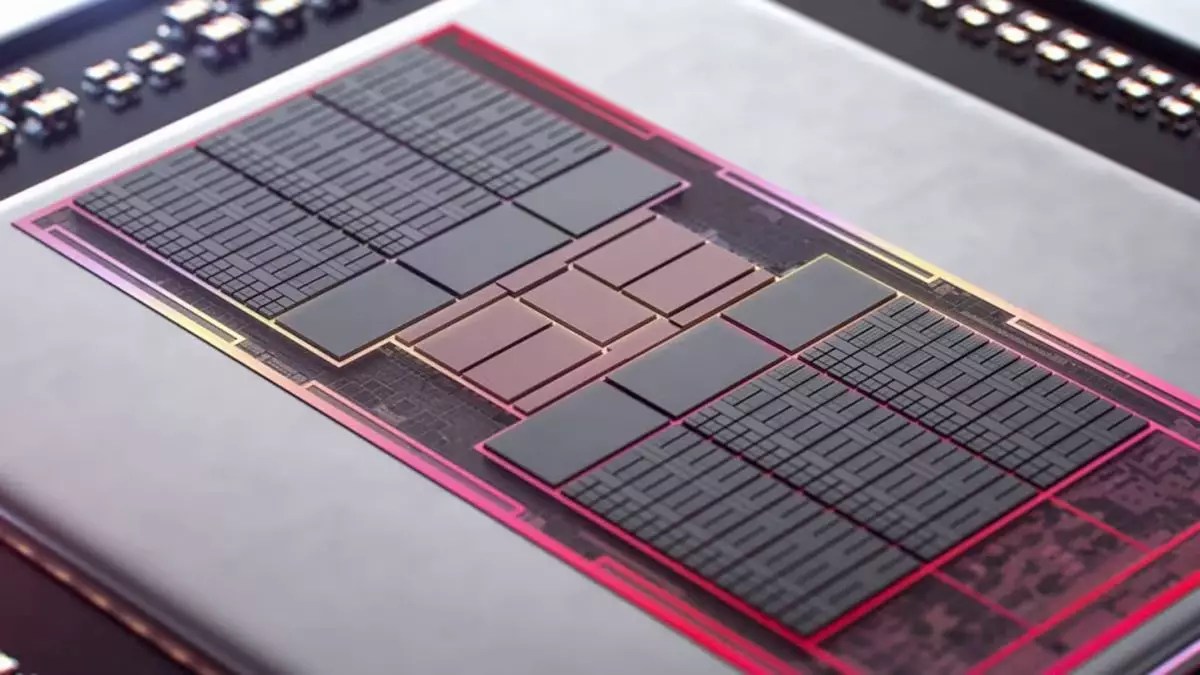The leak about AMD’s upcoming RDNA 4 GPU architecture suggests that there will be improvements in ray tracing capabilities. The ‘Double Intersect Ray Tracing Engine’ mentioned in the leak points towards a significant boost in either the number of ray tracing units or the processing efficiency of these units. This is a crucial aspect as AMD has been lagging behind Nvidia in terms of ray tracing performance, and a substantial improvement is necessary to compete effectively in the market.
In addition to enhancing ray tracing capabilities, AMD is also focusing on optimizing BVH acceleration structures in the RDNA 4 architecture. Traversing through BVH structures is crucial for efficient ray tracing performance, and any improvements in this area can lead to better overall performance. While details about these optimizations are scarce, it is essential for AMD to address this aspect to enhance the overall ray tracing experience on their GPUs.
One notable absence in the leaked information is any mention of AMD using ASIC units to speed up BVH traversals. Unlike Nvidia, which utilizes dedicated ray-triangle intersection engines and BVH traversal circuits, AMD relies on compute shaders running on its GPU cores for these tasks. The lack of dedicated traversal units in AMD GPUs could be a limiting factor, especially in lower-tier GPUs where the number of compute units is lower.
The improvements in ray tracing capabilities and BVH optimizations in the RDNA 4 architecture could have significant implications for gaming performance. While ray tracing is still considered by some as a gimmick, it is becoming increasingly important in modern gaming. With Intel and Nvidia also working on their next-generation GPUs, AMD needs to ensure that its GPUs can compete effectively, especially in the realm of ray tracing performance.
As ray tracing technology continues to evolve and become more prevalent in gaming, it is crucial for AMD to stay competitive in this space. By the time RDNA 4 graphics cards are released, Intel and Nvidia will likely have launched their next GPUs, with Nvidia introducing its fourth iteration of RTX technology. It is imperative for AMD to have something special hidden in their architecture to ensure that their GPUs can stand on equal footing with the competition.
Overall, the leaked information about AMD’s next-gen RDNA 4 GPU architecture suggests promising improvements in ray tracing capabilities and optimizations for BVH traversal. These enhancements are crucial for AMD to remain competitive in the rapidly evolving GPU market, especially in the context of increasing emphasis on ray tracing technology in modern gaming. As the official details about the RDNA 4 architecture are revealed in the future, it will be interesting to see how these improvements translate into real-world performance and whether AMD can indeed close the gap with Nvidia in terms of ray tracing capabilities.


Leave a Reply